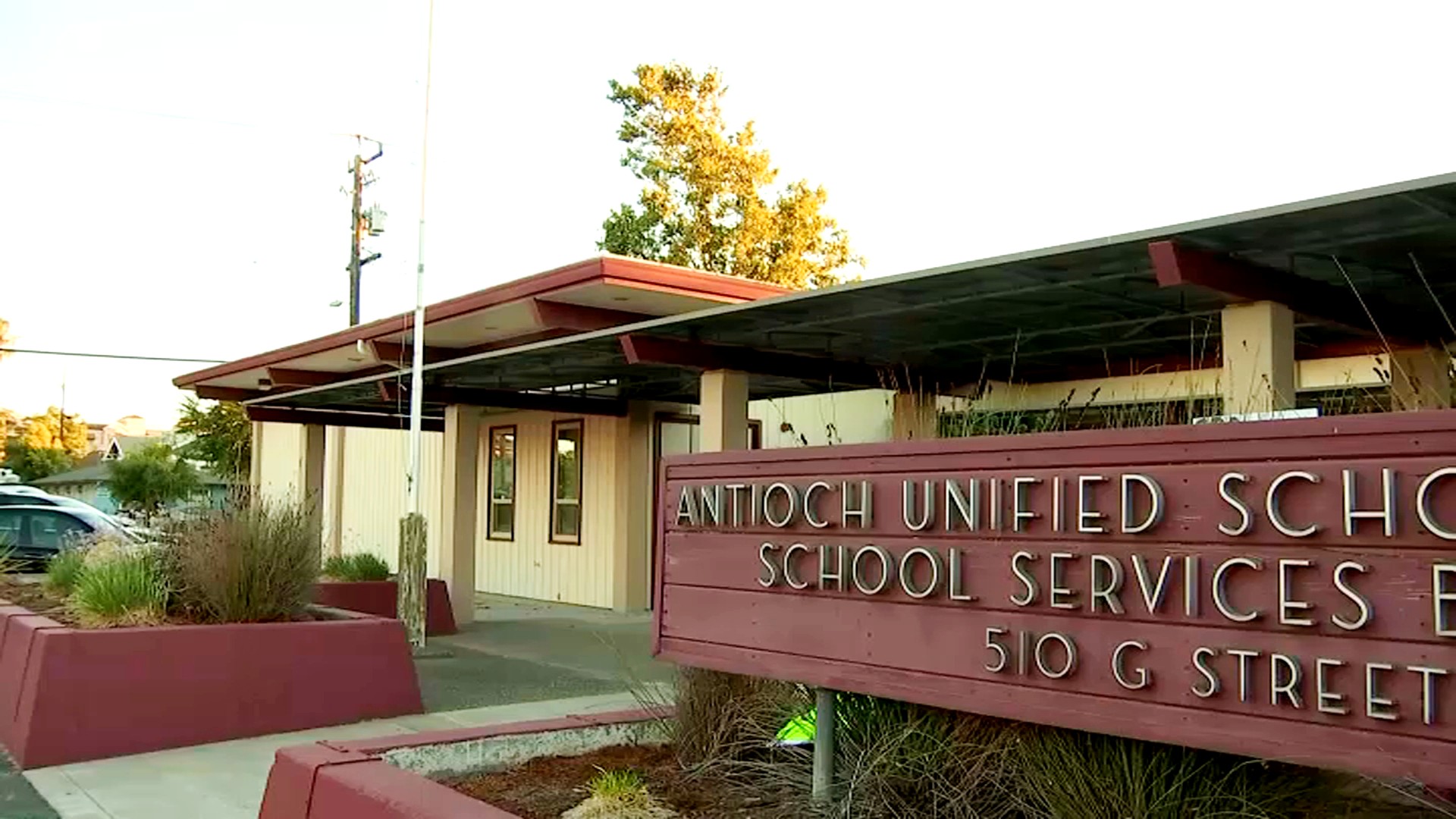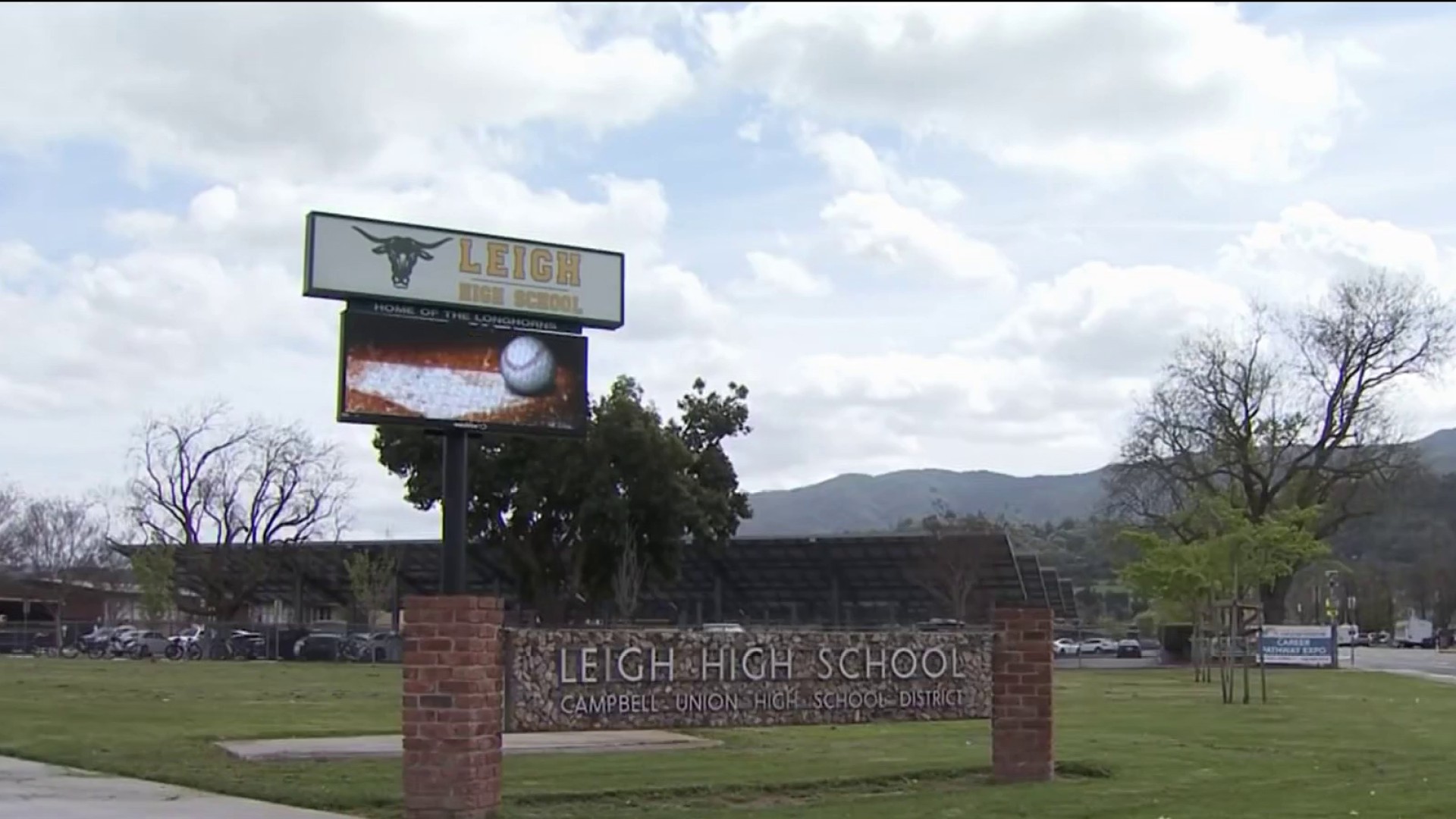| By Katharine Mieszkowski |
| Center for Investigative Reporting |
At lunchtime, hundreds of Berkeley High School students rush off campus, leaving behind healthy meals served in the cafeteria. Many of them head to Bongo Burger, Top Dog and other joints selling high-fat, high-sugar alternatives.
Six miles away at Oakland High School, the cafeteria is mobbed. There are not enough seats for everyone, so some students eat lunch outside on picnic tables while others eat in classrooms. No one goes off campus to pick up food from Wingstop or the ampm convenience store.
The difference? The Oakland High students are no longer allowed to leave campus during lunch.
Local
At Berkeley High, where famed chef Alice Waters’ nonprofit, the Edible Schoolyard Project, has consulted on the menu, school officials say one-tenth of the students take advantage of the healthy lunch on campus.
In recent years, lawmakers, regulators and school districts have tried to improve students’ health by curbing the sale of junk food andtightening nutritional standards for school food. But those efforts are undermined when students can leave campus to eat whatever they want, as they can at dozens of Bay Area high schools. Based on the experience in Oakland, closing campuses while offering free lunches can be an effective strategy.
First lady Michelle Obama has made improving what students eat a signature cause. Just this school year, cafeterias nationwide have been implementing new nutritional standards for the lunches they serve. The U.S. Department of Agriculture is working on new regulations for all other foods sold in schools, including from vending machines. But the idea of keeping kids on campus so that they eat healthy lunches is not part of the national debate.
The Oakland Unified School District closed the Oakland High campus last fall to cut down on absenteeism after lunch and reduce break-ins, drug use and trespassing in surrounding neighborhoods, said then-Principal Jeffrey Rogers.
Last year, 83 percent of the students signed up to receive free or reduced-price lunches. This year, with the help of a federal program, the school began offering free lunches to every student.
“Why go hungry?” read signs on the cafeteria wall near the lunch lines. “Every wildcat gets free lunch.”
Offering all students free lunch eliminates the stigma of eating lunch from the cafeteria, since even students from better-off families can now eat there for free. Each free lunch costs taxpayers $3.11, including food and labor, said Jennifer LeBarre, director of nutrition services for the Oakland Unified School District.
To accommodate the increased demand, a former teachers lounge now hosts one of several new serving lines where students pick up their lunches. Some meals, such as boxed sandwiches and salads, are served outside.
Nearly half of students now take advantage of the school lunches, which include more whole grains, fruits and vegetables under new federal standards, up from 39 percent in fall 2011.
The Oakland district has seen similar results at Fremont High School, which closed its campus during lunch three years ago. At Fremont, demand for school lunches rose from 18 percent of students to 37 percent in a year. With the addition of free lunches for everyone this year, a little more than half of Fremont’s students eat the cafeteria meals.
Nearly 1 in 3 high school campuses across the country allow students to leave campus during lunch, according to a report last year from The Pew Charitable Trusts and the Robert Wood Johnson Foundation.
“The right thing to do from the public health standpoint is to close the campuses,” said Mark Gottlieb, executive director of the Public Health Advocacy Institute, which published a 2009 research report on the topic.
Nationwide, about 60 percent of students in all grade levels at schools that participate in the National School Lunch Program eat the meals, according to the USDA's Food and Nutrition Service.
Stricter nutrition standards for school lunches went into effect nationwide this school year, requiring more fruits, vegetables and whole grains on students’ plates. California has its own restrictions on the calories, fat and sugar in a la carte items for sale in cafeterias.
Closing the Oakland High campus has improved some students’ appetite for school food, even if they’d rather be eating somewhere else. On a recent day, Sean Hawkins, a 17-year-old senior, was eating mashed potatoes and chicken from the Oakland High cafeteria, which he pronounced “not bad.”
“I wish we had some real pizza that tasted just like Domino’s,” he said. “I eat (cafeteria food) because I’m hungry. I eat it just because I’m here.”
There was loud grumbling from some students when the campus closed duringlunch, said Rogers, the formerprincipal. “They love the carrots – not to eat, to throw,” he said. Initially, some kids tried to order in food from off campus.
Some students say they still miss leaving campus for lunch.
“I’ve tried everything that they have here,” said Deon Hardy, 16, a sophomore who was eating apple slices and pepperoni pizza made with low-fat cheese and a whole-grain crust. “I’m tired of eating the same thing every day.”
Even on a closed campus, there are other options, including eating nothing.
“I have seen students eating home lunches, take out that is brought to them, or not eating,” LeBarre, the Oakland nutrition services director, wrote in an email. “Some even share lunches which is rather strange considering everyone eats for free.”
The lunch period is 40 minutes long, which some students say is too short to wait in line for lunch. The cafeteria sells snack foods, though the treats have less fat and sugar than those sold off campus.
Ninth-grader Aliya Thongkham,14, was having baked Flamin’ Hot Cheetos and a Switch sparkling juice for lunch. Aliya, who was painting a friend’s nails pink, said she was too busy to stand in line.
“The line is really long,” she said.
In neighboring Berkeley, public school students start learning about nutrition and healthy eating even before they can read.
The district has an extensive cooking and gardening program, which begins in preschool, although much of its funding is now in peril because of a reduction in federal funding. The Edible Schoolyard Project, started by Waters, runs the cooking and organic gardening program at one middle school and has been involved in efforts to improve cafeteria menus districtwide.
School cafeterias in Berkeley boast healthy menus that exceed national and state nutritional requirements. “We have eliminated all processed food, hydrogenated and partially hydrogenated oils, high fructose corn syrup, refined sugars, refined flour, chemicals, dies (sic), additives and nitrates,” the district’s website says.
But while the school district celebrates fresh local food, some of the city’s teenagers are not interested in joining the party.
Two blocks from the high school, Collin Shelby, a 17-year-old junior, was having french fries and a chocolate shake for lunch with a friend at BurgerMeister on a recent school day.
“We just want the stuff to taste good,” he said. “We don’t care that much about how healthy it is.”
This year, 927 Berkeley High students signed up to receive free and reduced-price meals; they are eligible because of their families’ low incomes. But on a typical day, 325 kids eat the school lunch, said Marni Posey, director of nutrition services for the Berkeley Unified School District. The school has 3,176 students. School officials say waste is minimized because they can anticipate the number of meals needed, which has varied little over the past three years.
It chafes Posey to see students flocking off campus, but she wonders how the high school cafeteria, which is “very small,” could accommodate the demands of a closed campus. “It would also change the whole instructional time,” she said. “We couldn’t serve that many students in one sitting.”
At Café Clem, Berkeley High students line up out the door for grilled cheese sandwiches and Nutella sandwiches. But some students chose the healthier options.
Ella Holton-McCoy, 15, a sophomore who was buying a green salad with a baguette, said she loves having lunch off campus: “It gives us freedom, and it gives us more choices of things to eat.”
Some educators agree that high school students should be allowed to leave campus.
“In theory, I’m for the open campus in high school,” said Esther Cook, head chef teacher for the Edible Schoolyard Berkeley. “It is time for kids to start to learn to navigate and make those choices.”
But students without much money have a tough time making healthy choices off campus.
“Kids could be eating a good meal for free,” said Ellen Braff-Guajardo, senior nutrition policy advocate for California Food Policy Advocates. “Or they could be running off campus, and in a hurry, and maybe if they don’t have too much money in their pocket, they’re going to buy the Flamin’ Hot Cheetos and a Coke.”
The independent, nonprofit Center for Investigative Reporting is the country’s largest investigative reporting team. For more, visit www.cironline.org. You can contact the reporter at kmieszkowski@cironline.org.



